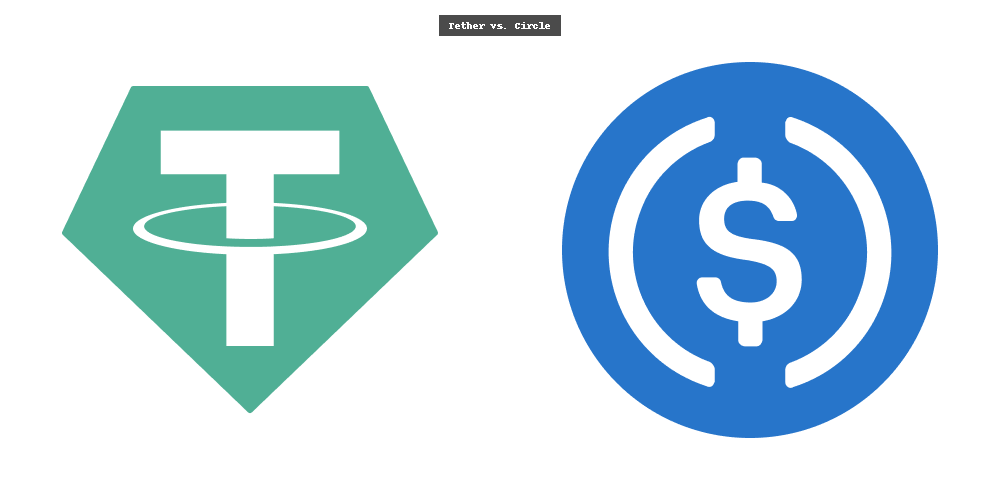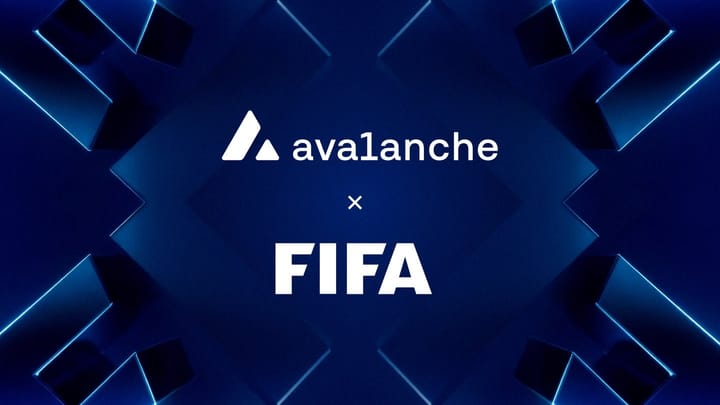Understanding Mempools and Front-running in Web3
In the ever-evolving world of Web3, blockchain developers and users encounter complex mechanisms that dictate how transactions are processed and recorded. One such crucial yet often misunderstood concept is the mempool. Coupled with this is the issue of front-running, an exploitative behavior that affects fairness and efficiency in decentralized systems. Understanding mempools and front-running is key to designing secure, equitable, and performant Web3 applications.
What is a Mempool?
Mempool stands for "memory pool." It is the temporary storage area for unconfirmed transactions in a blockchain network. When a user submits a transaction, it doesn't get added to the blockchain immediately. Instead, it enters the mempool, where it waits to be picked up by a miner (in Proof-of-Work systems) or validator (in Proof-of-Stake systems) and included in a block.
Each node in the network typically maintains its own version of the mempool. While these are generally similar, they can differ slightly due to propagation delays, local configuration settings, or spam filters.
Mempools play a critical role in transaction ordering. The order in which transactions enter and leave the mempool determines how they will be executed on-chain. Miners often prioritize transactions with higher gas fees, creating an open market for blockspace.
The Mechanics of Front-running
Front-running is the act of observing a pending transaction in the mempool and submitting a competing transaction with the goal of being executed before the original. This is possible because mempool contents are publicly visible in most blockchain systems.
There are several forms of front-running:
- Priority Gas Auction (PGA): Competing bots continuously increase gas fees to outbid each other and secure earlier execution.
- Sandwich Attacks: Used in DeFi, where a bot places one transaction before and one after a victim's trade to manipulate the price and profit from slippage.
- Time-bandit Attacks: Validators can reorganize the chain by re-mining blocks to include more profitable transactions.
Front-running isn't just theoretical. It's widely practiced by MEV (Miner Extractable Value or now Maximal Extractable Value) bots, which scan mempools for arbitrage or liquidation opportunities and act faster than human traders.
Why It Matters
While front-running can be viewed as part of the free market dynamics of public blockchains, it introduces several issues:
- Fairness: Regular users are often outcompeted by bots with better infrastructure.
- Increased Gas Fees: PGA-style front-running drives up gas prices.
- Security: It undermines the integrity of DEXs and DeFi protocols.
- User Experience: Delayed or failed transactions can frustrate users and decrease adoption.
For developers, understanding how mempools and front-running work is essential for building robust dApps. It helps in designing features that mitigate these problems and provide a better experience for users.
Mitigation Techniques
Several strategies have been proposed and implemented to mitigate the effects of front-running:
- Transaction Ordering Protocols: Fair sequencing protocols like Chainlink's Fair Sequencing Service aim to ensure transactions are ordered fairly.
- Private Transactions: Solutions like Flashbots allow users to submit transactions privately to miners, bypassing the public mempool.
- Commit-Reveal Schemes: These cryptographic techniques allow users to submit hashed intentions and reveal them later, preventing early access.
- Slippage Controls: In DEXs, setting tight slippage tolerance helps protect users from sandwich attacks.
- MEV-Aware Architectures: Some new blockchains like SUAVE (a research project by Flashbots) are being designed from the ground up to handle MEV in a more democratic way.
Developer Best Practices
If you're a developer building in Web3, here are some practical steps to consider:
- Use Flashbots for sensitive DeFi transactions.
- Educate users on how to set slippage and gas appropriately.
- Implement anti-front-running measures in your smart contracts.
- Consider off-chain computation and commit-reveal logic where applicable.
Conclusion
Mempools and front-running are foundational components of how blockchain networks process transactions. While they enable transparency and decentralization, they also open doors for exploitative behavior. Understanding how they work not only enhances your ability to write better smart contracts but also helps shape a more fair and user-friendly decentralized ecosystem.
By designing systems that are MEV-aware and fair by default, developers can contribute to the long-term success and sustainability of the Web3 space.
References
- Flashbots Docs
- Chainlink Fair Sequencing Service
- Ethereum.org on Mempools
- MEV Explore
- Vitalik Buterin on MEV and Fair Ordering
MITOSIS Official Links:
GLOSSARY
Mitosis University
WEBSITE
X (Formerly Twitter)
DISCORD
DOCS



Comments ()